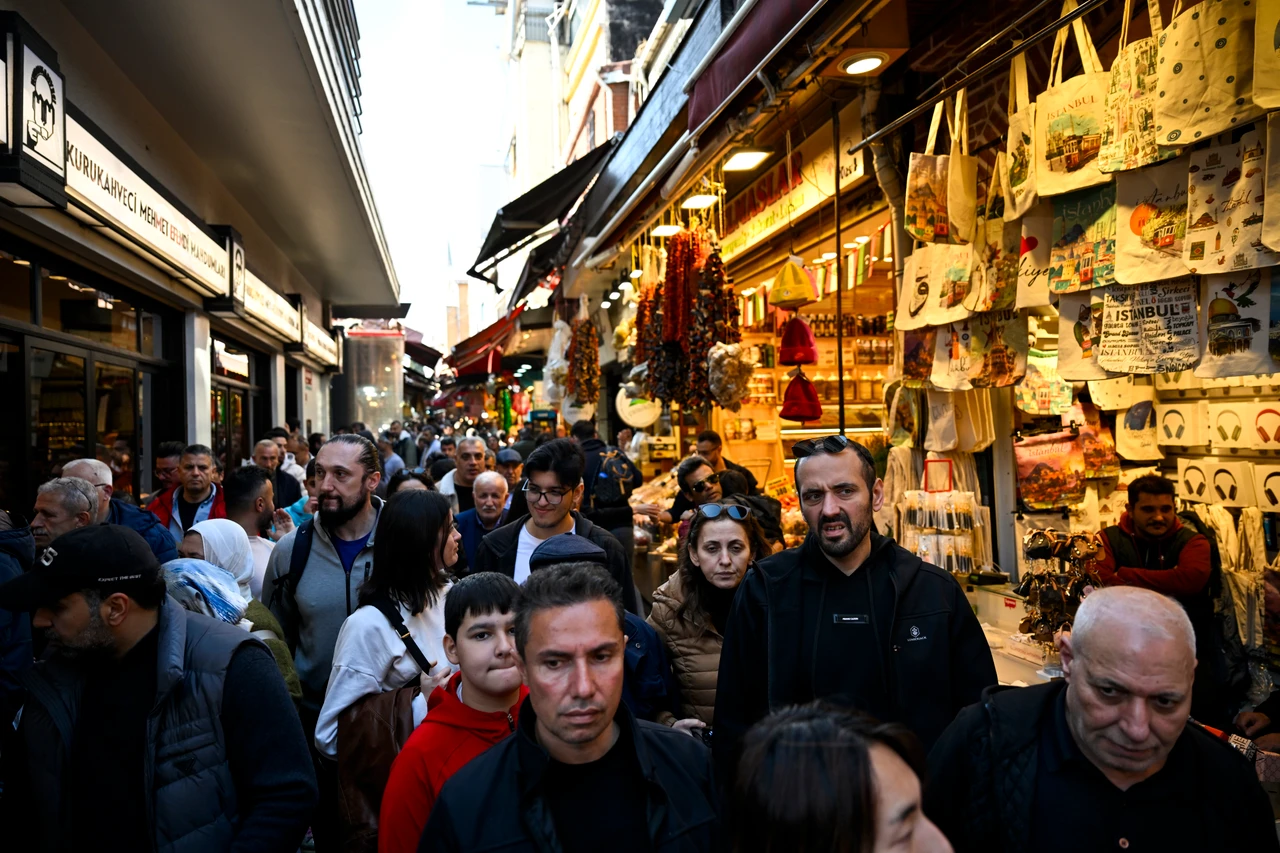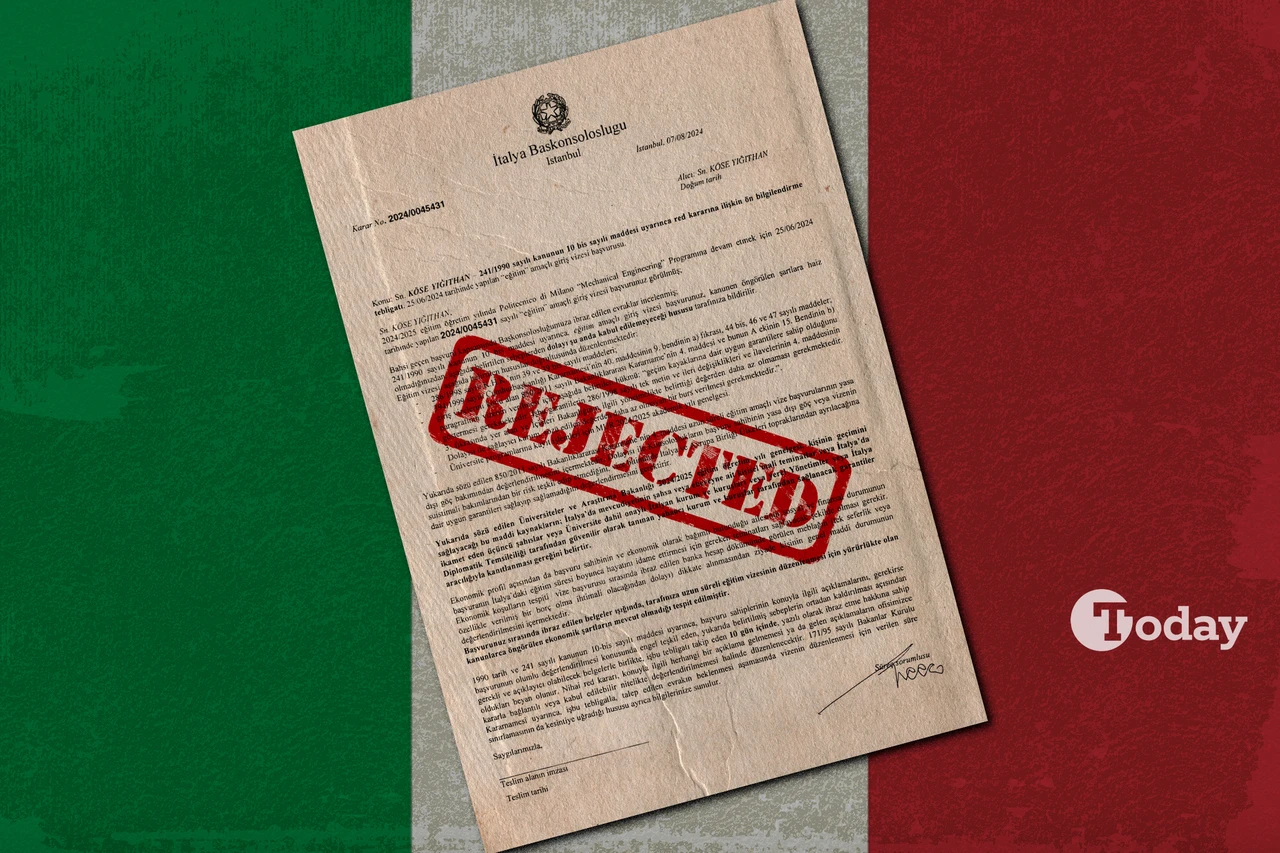Building collapse crisis in Istanbul sparks earthquake concerns
 Partial collapse of a 4-story building in Bahcelievler, Istanbul, Türkiye, June 27, 2024. (IHA Photo)
Partial collapse of a 4-story building in Bahcelievler, Istanbul, Türkiye, June 27, 2024. (IHA Photo)
Recent building collapses in Istanbul and its surroundings, especially those occurring without earthquakes, are causing significant worries about the safety of the city’s building stock. Particularly in Bahcelievler, the recent incident has brought to light structural weaknesses due to illegal floor additions and the use of sea sand in construction materials. This situation once again underscores the urgent need for renewal of the city’s older and vulnerable buildings, along with stricter building regulations.
The rise in these collapses once again raises the pressing question: If buildings are failing without an earthquake, what will happen to them when a quake strikes?
Istanbul narrowly avoided a potential disaster when a building in Bahcelievler collapsed partially due to structural issues, reminiscent of a previous incident in Kucukcekmece.
Residents heard loud cracking noises early in the morning, prompting them to evacuate within minutes, just before the first three floors of the seven-story building collapsed.
The building, originally four stories with three illegal additional floors, was deemed unsafe after examinations, leading to its controlled demolition. Investigations are ongoing into the incident.
The collapse underscores broader concerns about the safety of older buildings in Istanbul, many of which were hastily constructed and face significant structural risks.
Calls for urban renewal and stricter building regulations are increasing as similar incidents continue to occur throughout the city, highlighting the urgent need for comprehensive safety measures and renovations.
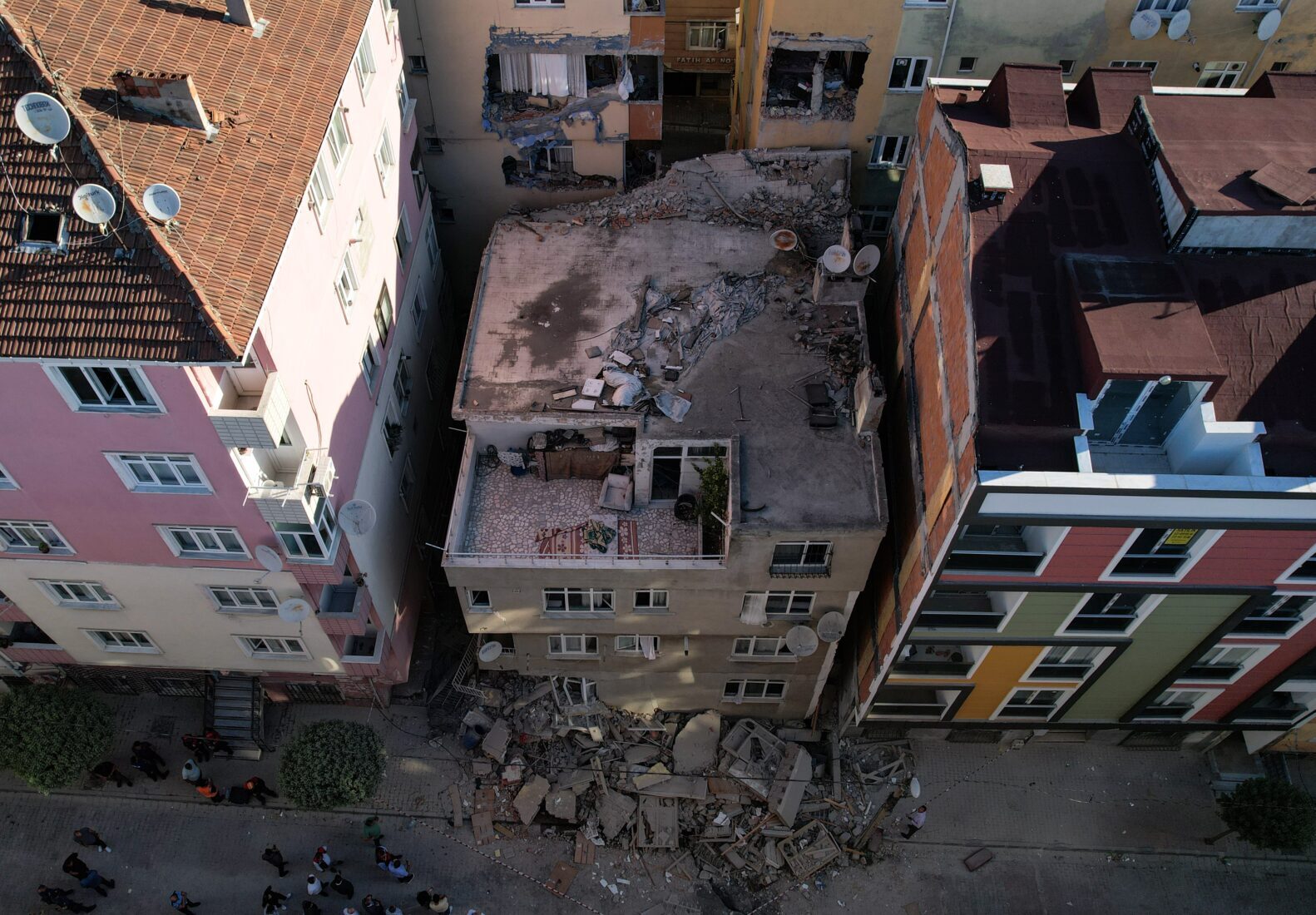
Another building collapse in Bahcelievler! Residents escape tragedy by minutes
A recent incident in Bahcelievler has brought to mind the self-collapse of a 36-year-old, four-story building in Kucukcekmece on June 2, 2024, which resulted in the death of one person. On June 27, at around 4:30 a.m., residents of a seven-story building in Bahcelievler were jolted awake by loud cracking sounds. Mistaking the noise for an earthquake, they rushed outside in panic.
The building, home to approximately 40 people with nine apartments, saw its first three floors collapse with a thunderous noise. The quick evacuation by the residents within 10 minutes prevented a potential disaster.
Illegal construction and controlled demolition
Official records indicated that the building was originally four stories high, but an additional three floors had been illegally constructed. Following an inspection and the collection of core samples, the municipality proceeded with a controlled demolition of the remaining structure. Authorities have initiated an investigation into the incident.
Felemez Demir, a resident, recounted the terrifying moments: “We heard terrifying cracking sounds, windows shattered, and dust covered me. I grabbed my family and ran outside. Ten minutes later, the building collapsed.”
Sebahattin Kuzu, who lived on the first floor, highlighted the precarious state of nearby buildings: “We barely escaped. This building was very old; even a slight movement from an excavator would make it shake. We need help for urban transformation. It’s not just this building; the surrounding ones are also at risk of collapsing with a mere gust of wind.”

Collapsed building found to be constructed with sea sand
The recent partial collapse of a building in Bahcelievler early yesterday morning has revealed a critical construction flaw: the use of sea sand. During the investigation of the rubble, shells were discovered in the columns and concrete pieces, indicating the use of sea sand in the building’s construction.
Constructed in 1980, the building had additional unauthorized floors added over time. The presence of shells in the concrete fragments found at the site further confirmed the use of sea sand.
It was also observed that some of the concrete pieces could be broken by hand, underscoring the poor quality of the materials used. Experts have determined that the use of sea sand significantly contributed to the building’s collapse.
How many buildings in Istanbul are at risk of collapse?
According to a survey conducted by the Istanbul Metropolitan Municipality, there are 1,556 buildings at risk of collapsing throughout the city. Professor Hasan Yildirim, a faculty member of the Civil Engineering Department at Istanbul Technical University (ITU), highlighted the critical issues contributing to this situation.
“Many buildings constructed before 2000 did not receive proper engineering services. Concrete was mixed by hand, and the cement used was bagged cement,” said professor Yildirim.
He emphasized the problematic use of unfiltered sea sand in older buildings, noting, “Shells are embedded in the concrete, both small and large. Concrete made with mussel shells cannot be compacted properly, resulting in loose concrete. This type of concrete is susceptible to moisture from the outside, leading to rust. When rust occurs, the volume of the steel expands five to six times, causing the concrete to burst. Buildings like these can collapse without any warning.”
The situation underscores the importance of assessing and retrofitting older buildings to prevent future collapses, particularly in a city prone to seismic activity.
Academics say these buildings in Istanbul need to be evacuated urgently
Professor Ali Kocak, a faculty member at Yıldız Technical University (YTU) Faculty of Construction, said, “The building in Kucukcekmece was also illegal, and so is this one. It is made of sea sand and burnt concrete. The iron workmanship is also very bad. The building is of such poor quality that it cannot even support its own weight. These buildings in Istanbul urgently need to be evacuated and either reinforced or rebuilt.”
In first 6 months of 2024 alone, collapses occurred at 16 different points!
Since Dec. 25, 2023, collapses have occurred at 18 different points in Istanbul and at 16 different points in the last six months. While there were deaths in some collapses, many injured people were taken to hospital for treatment.
Those living around the buildings that collapsed without any earthquake tremor also experienced fear.
From Dec. 25, 2023, to June 27, 2024, several building collapses and structural failures occurred in different districts of Istanbul:
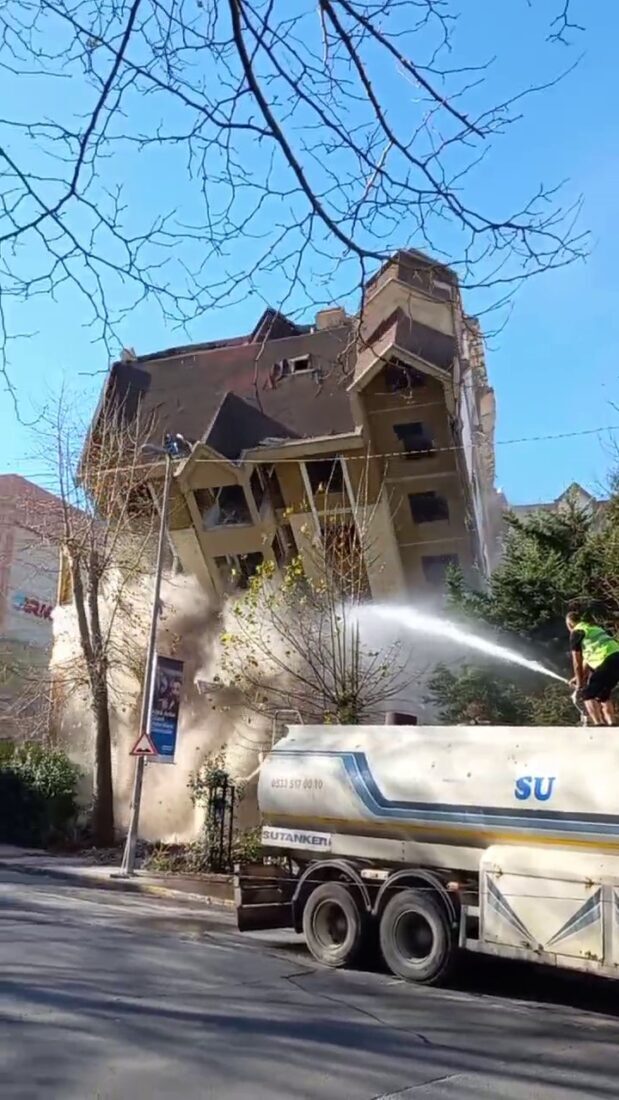
Dec. 25, 2023: A building collapsed toward the road during controlled demolition due to urban renewal in Esenyurt.
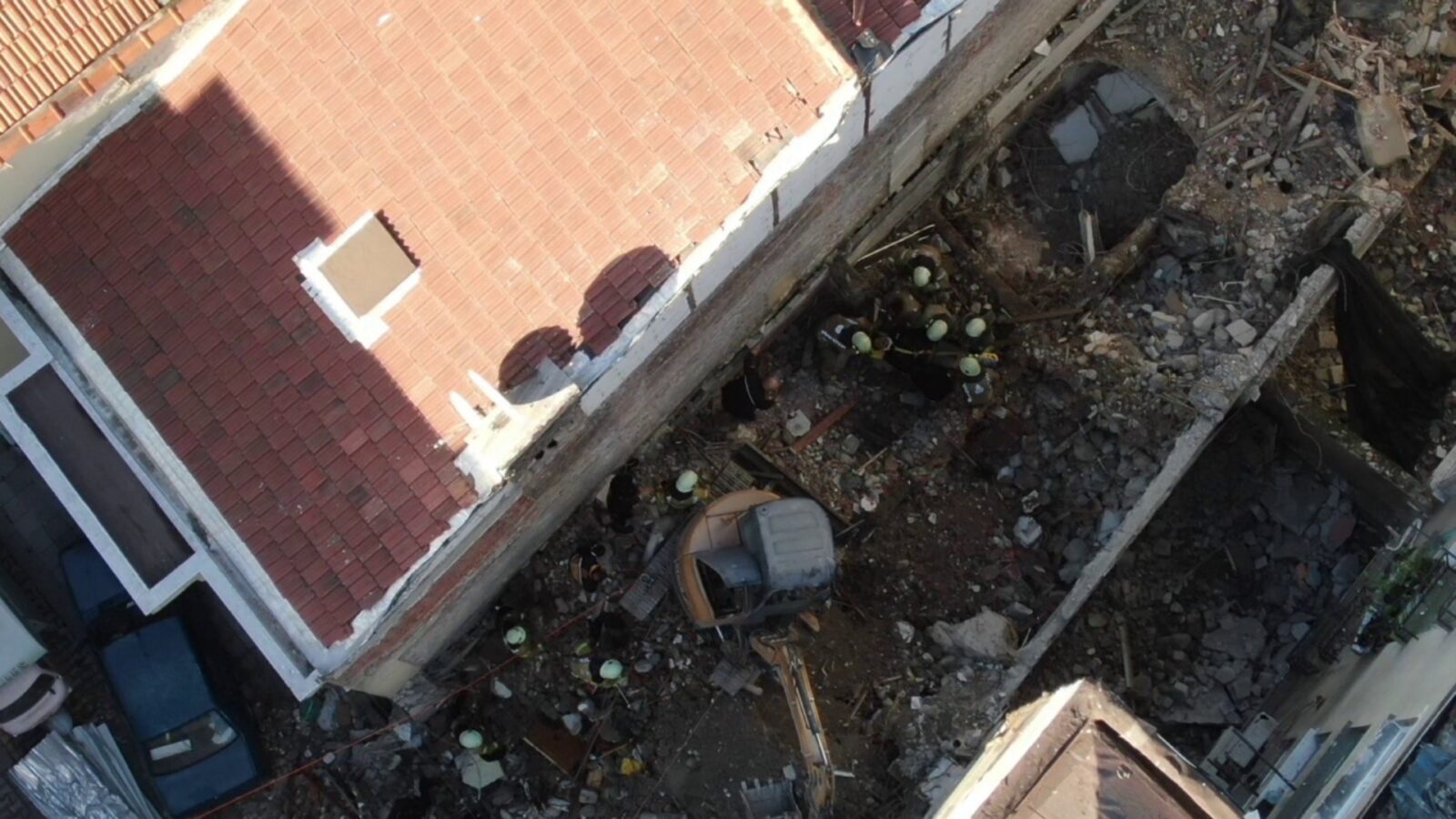
Dec. 26, 2023: A collapse occurred during demolition in Kadikoy. One worker who was trapped under debris was rescued.
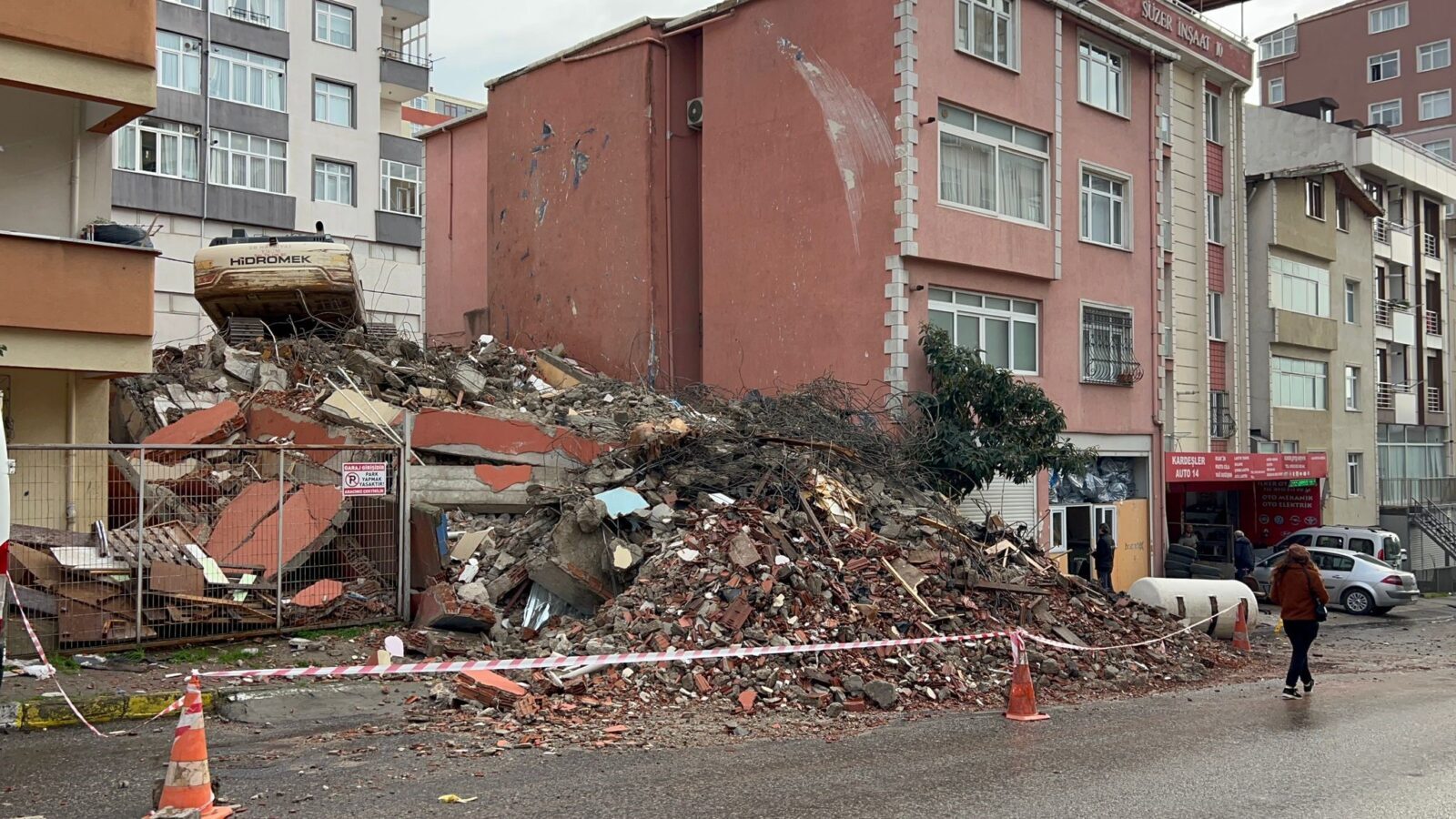
Jan. 3, 2024: A building collapsed onto the street during a controlled demolition in Maltepe.
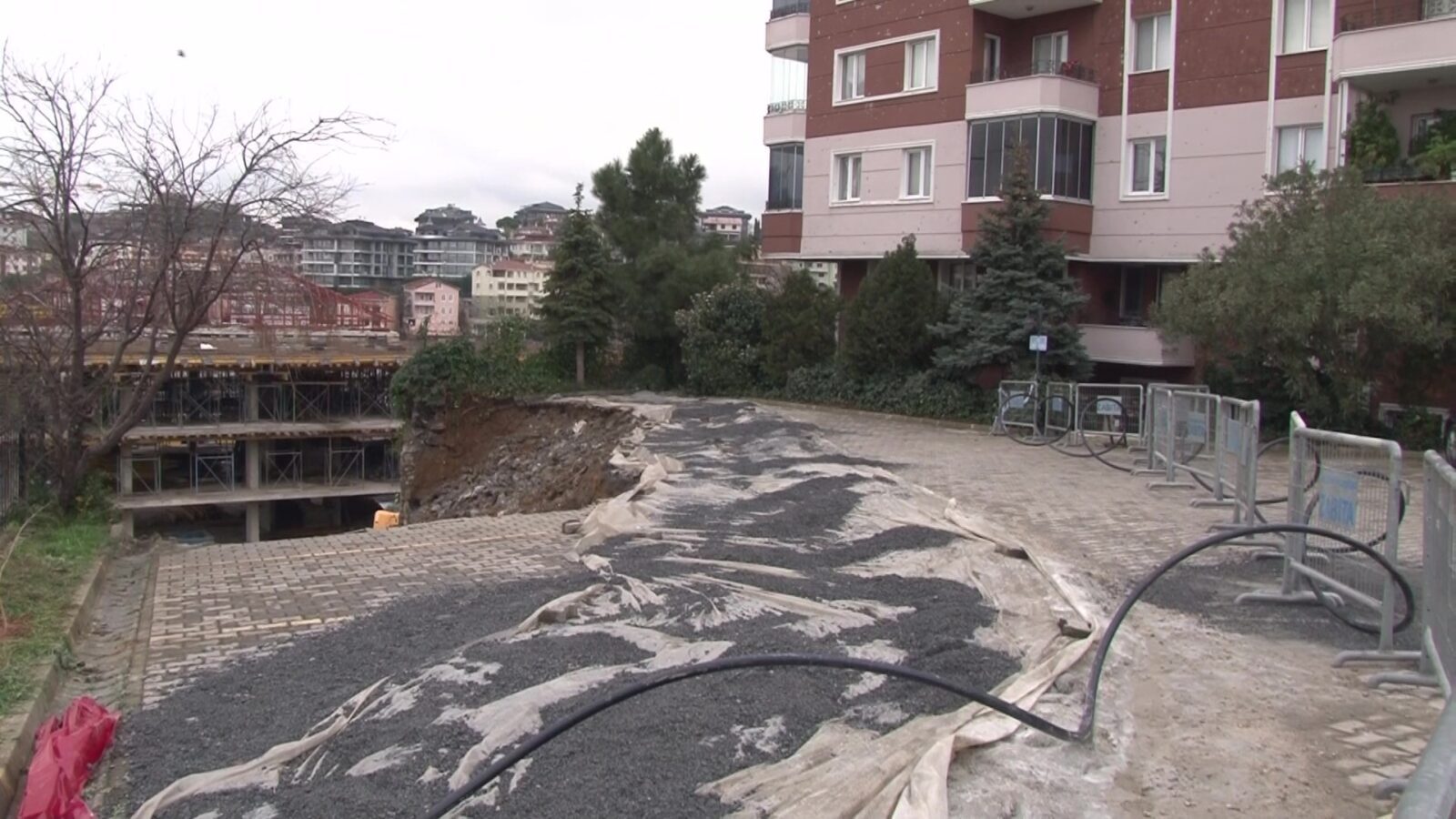
Jan. 11, 2024: The retaining wall of an open parking lot collapsed during construction in Uskudar, affecting a six-block site.

January 12, 2024: Damage occurred to adjacent buildings during demolition in Gungoren.
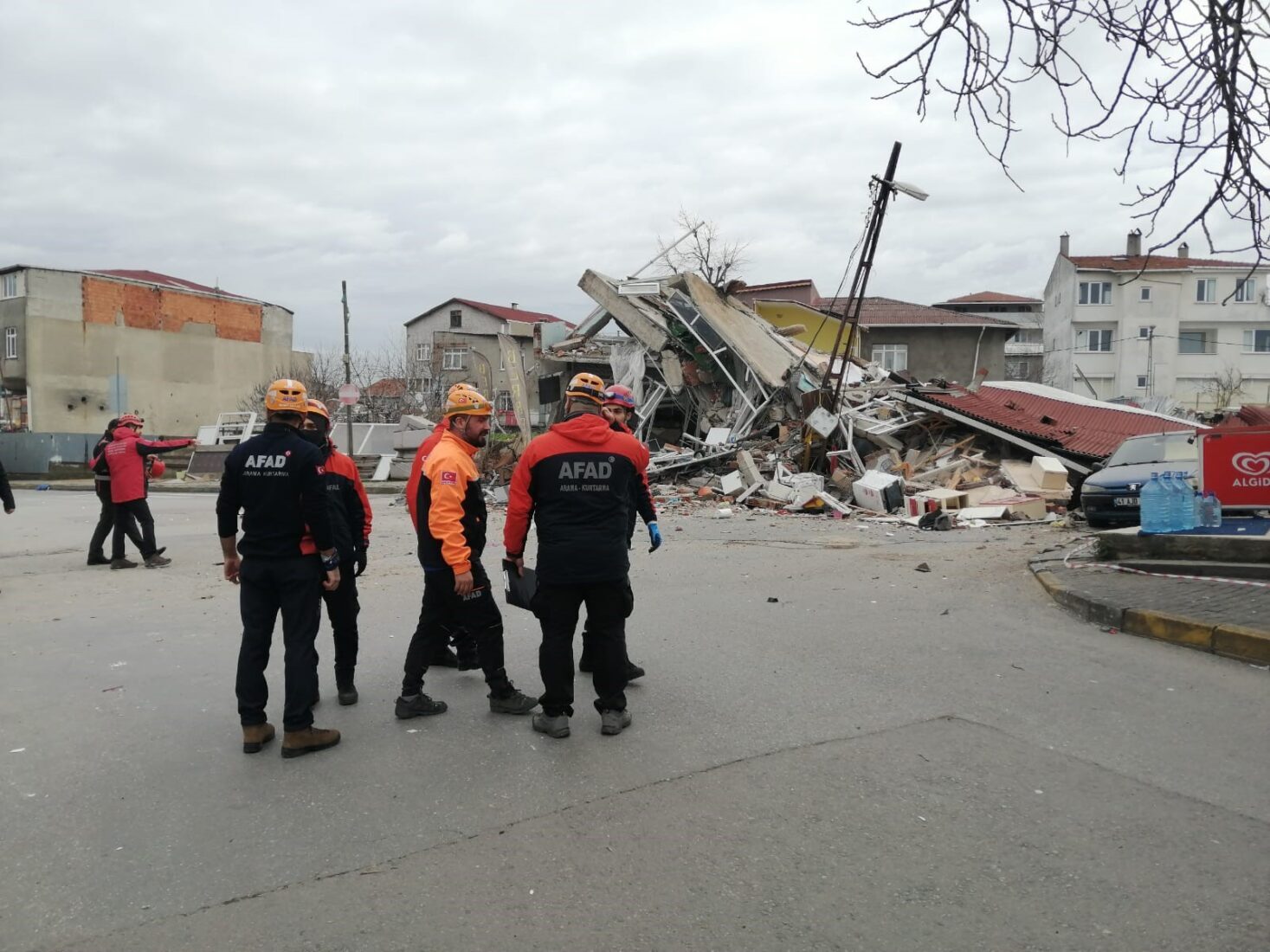
Jan. 18, 2024: Partial collapse on a metro construction site in Umraniye affected two buildings.
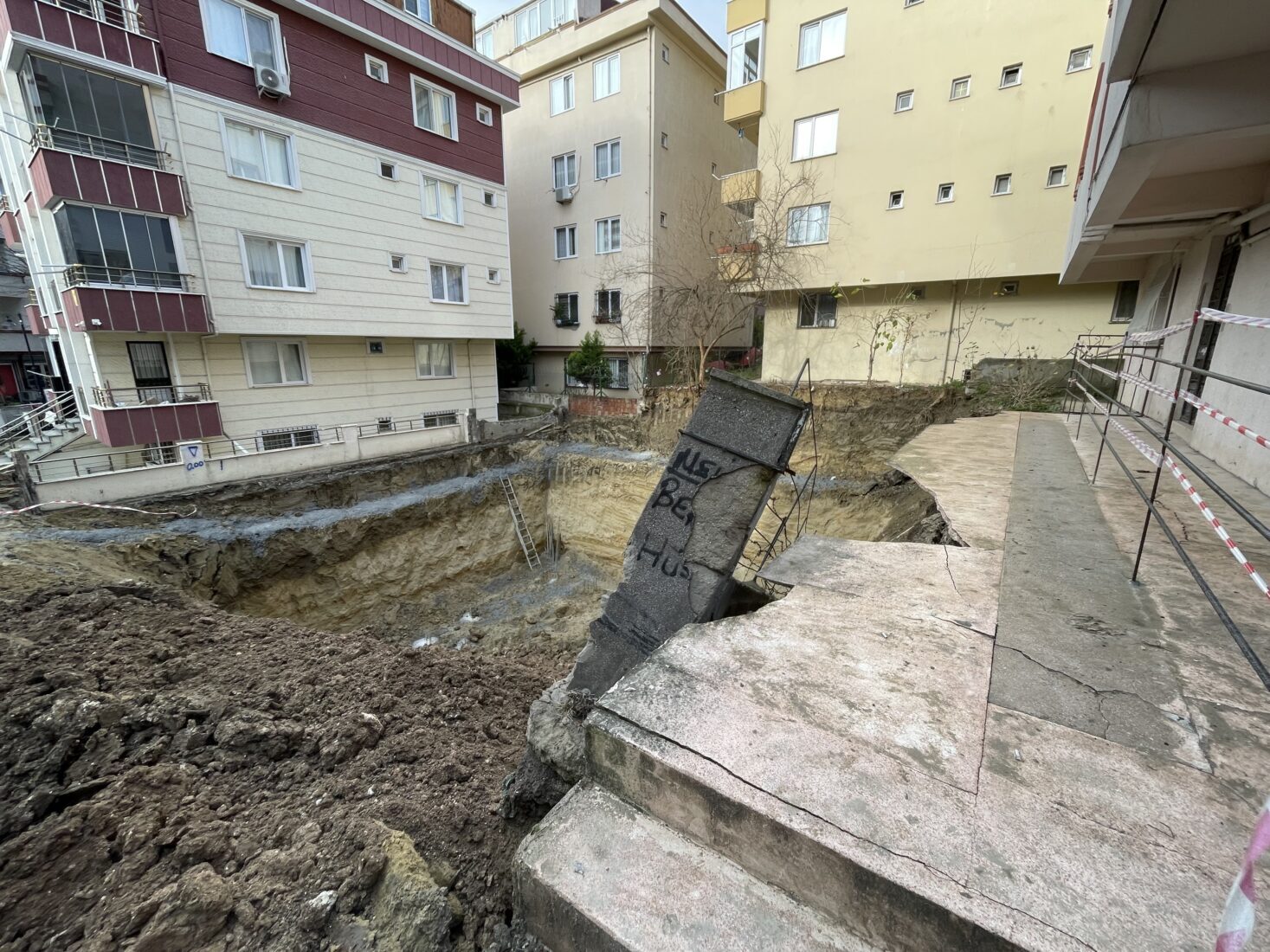
Jan. 21, 2024: Retaining walls collapsed near a construction site in Avcilar, impacting four buildings.
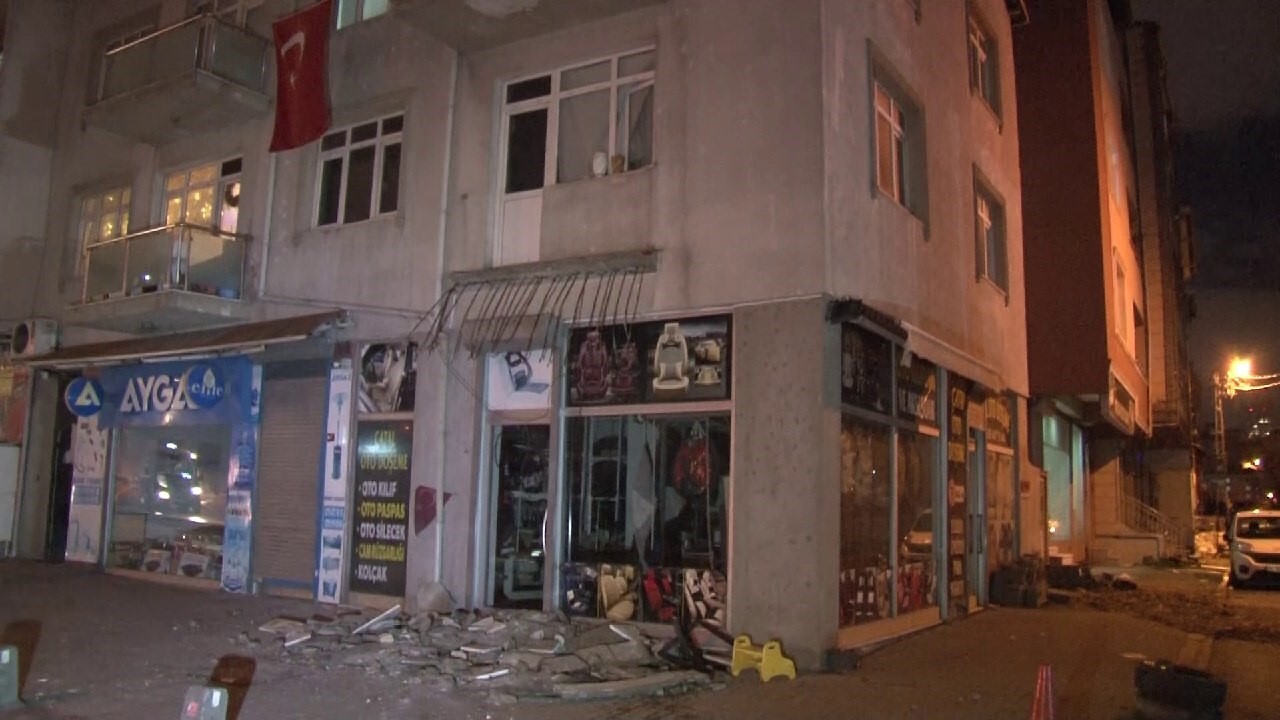
Jan. 23, 2024: Balcony collapse in Atasehir, fortunately without casualties due to the absence of pedestrians.
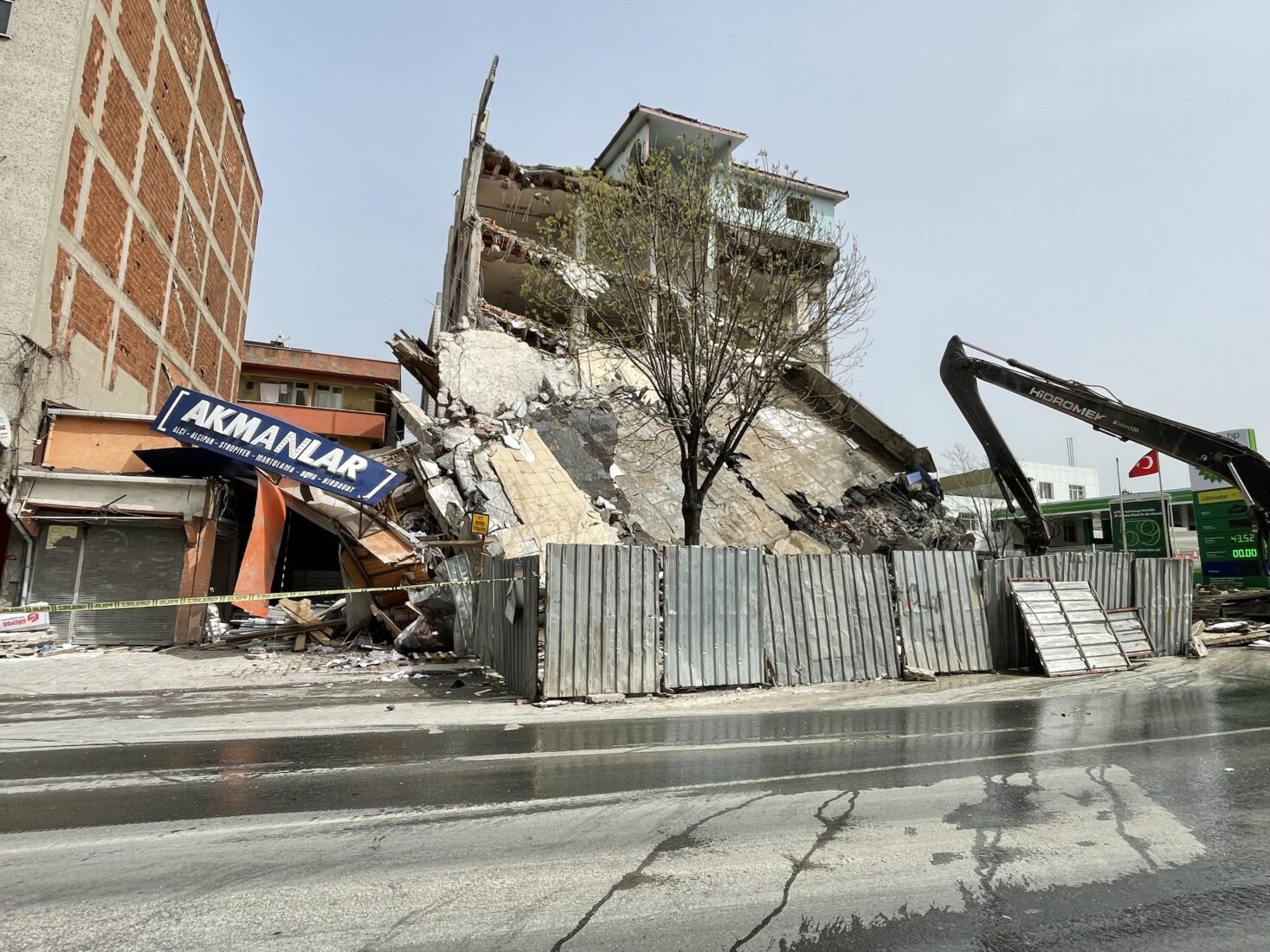
April 1, 2024: Controlled demolition in Esenler resulted in an unintended collapse of a five-story building.

April 9, 2024: Balcony collapse in Kartal injured an elderly woman.

April 25, 2024: Sidewalk and garden wall collapse in Avcilar.
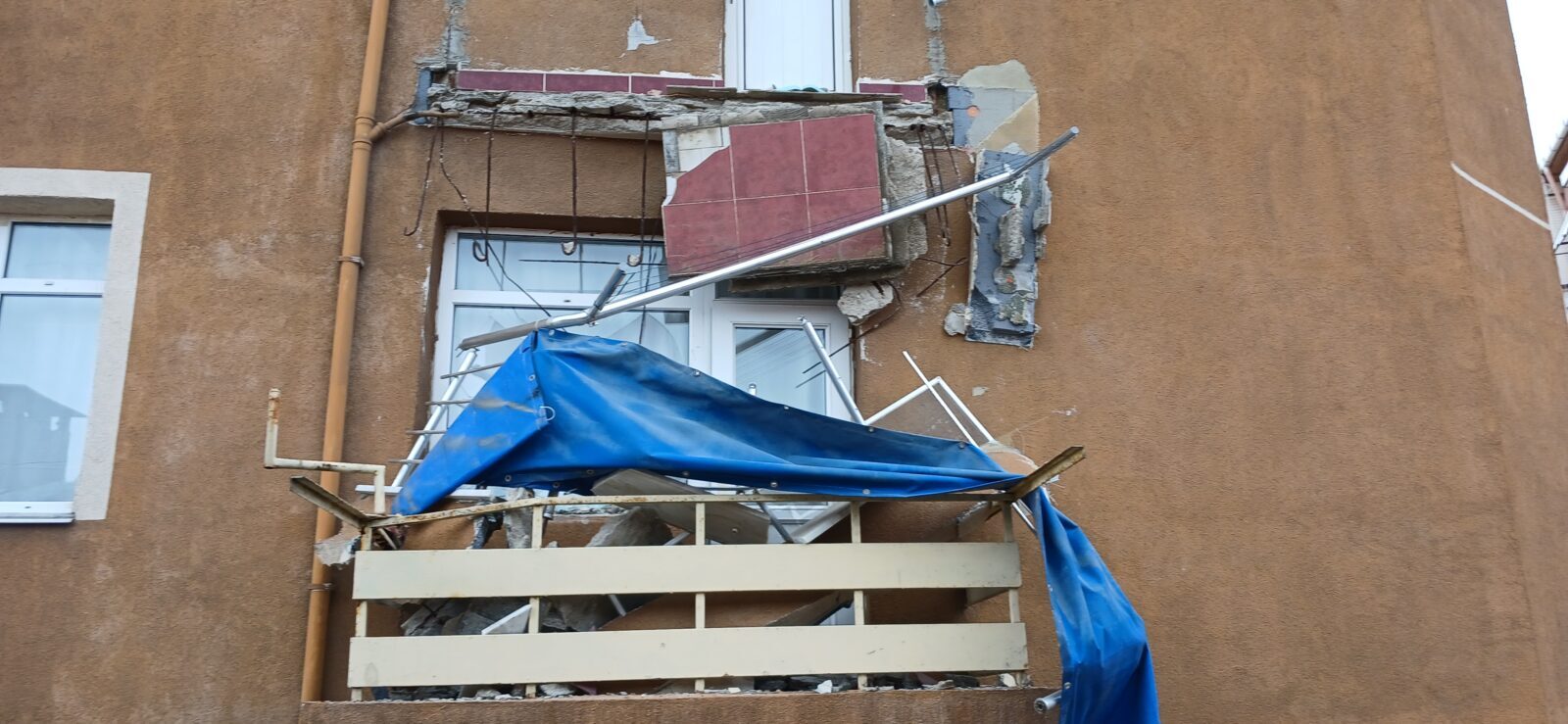
May 2, 2024: A balcony collapse in Avcilar led to the evacuation of a six-story building.
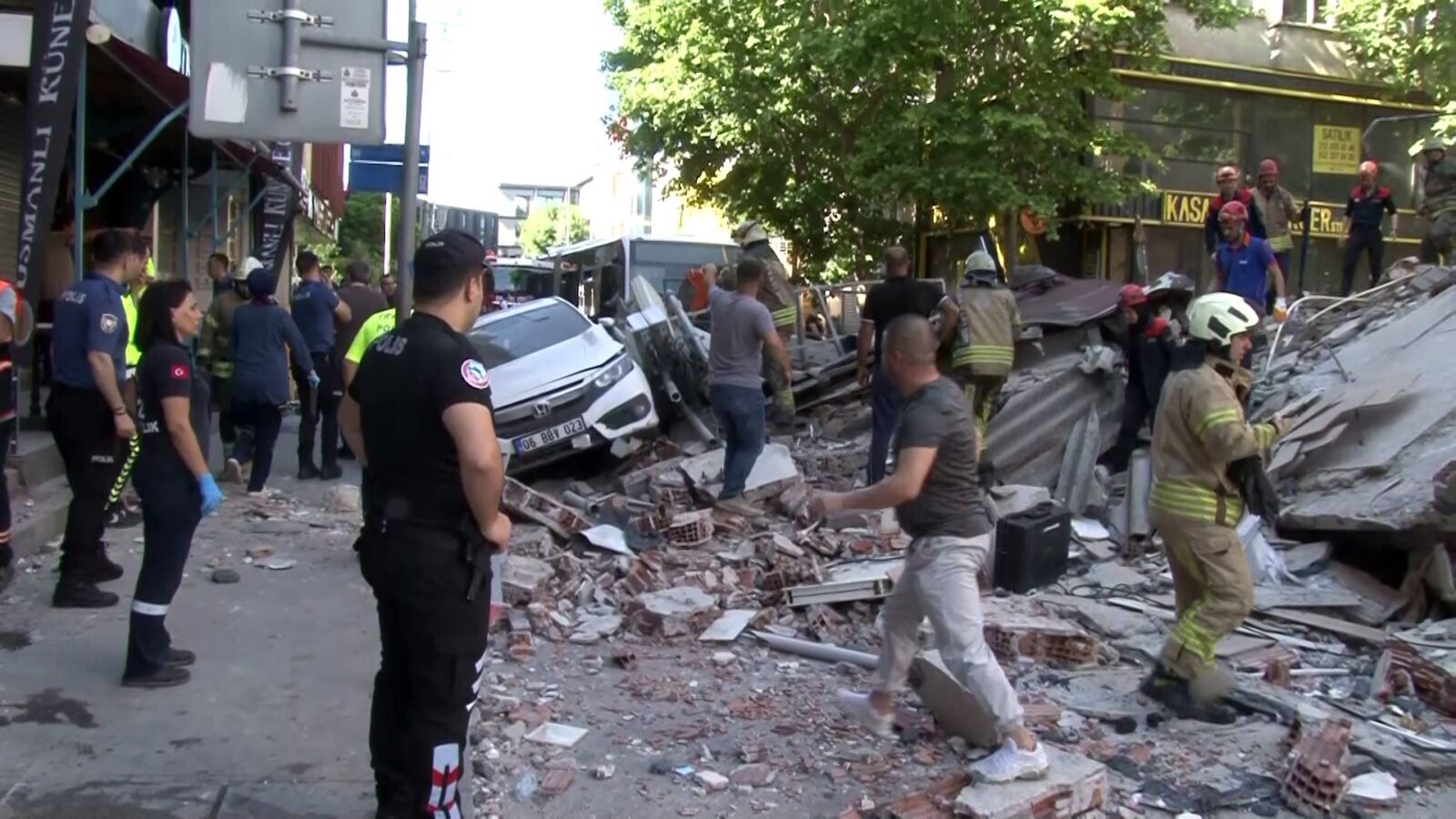
June 2, 2024: Collapse of a three-story building in Kucukcekmece, resulting in one fatality and eight injuries.
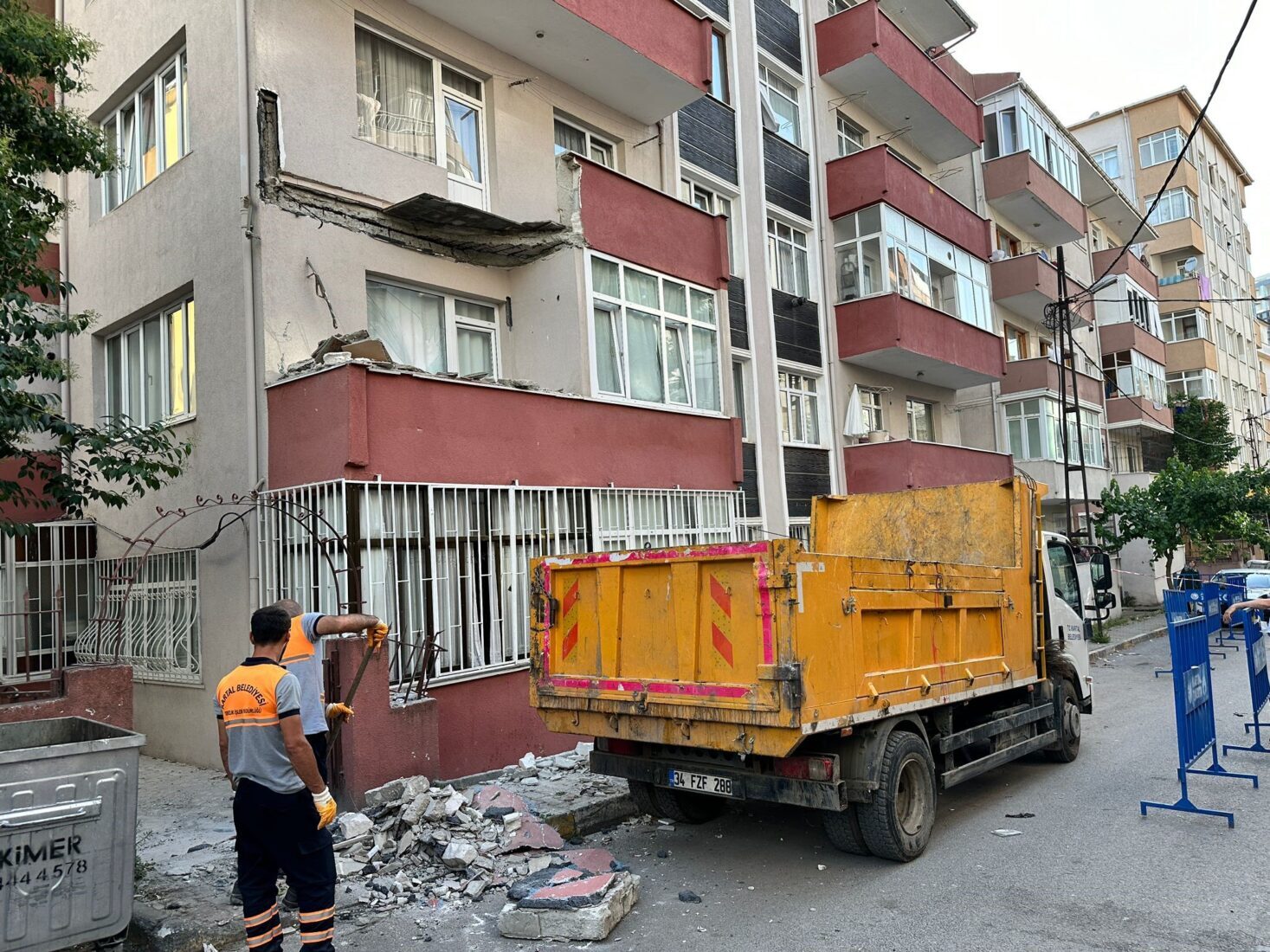
June 5, 2024: Balcony collapse in Kartal, leading to building evacuation.
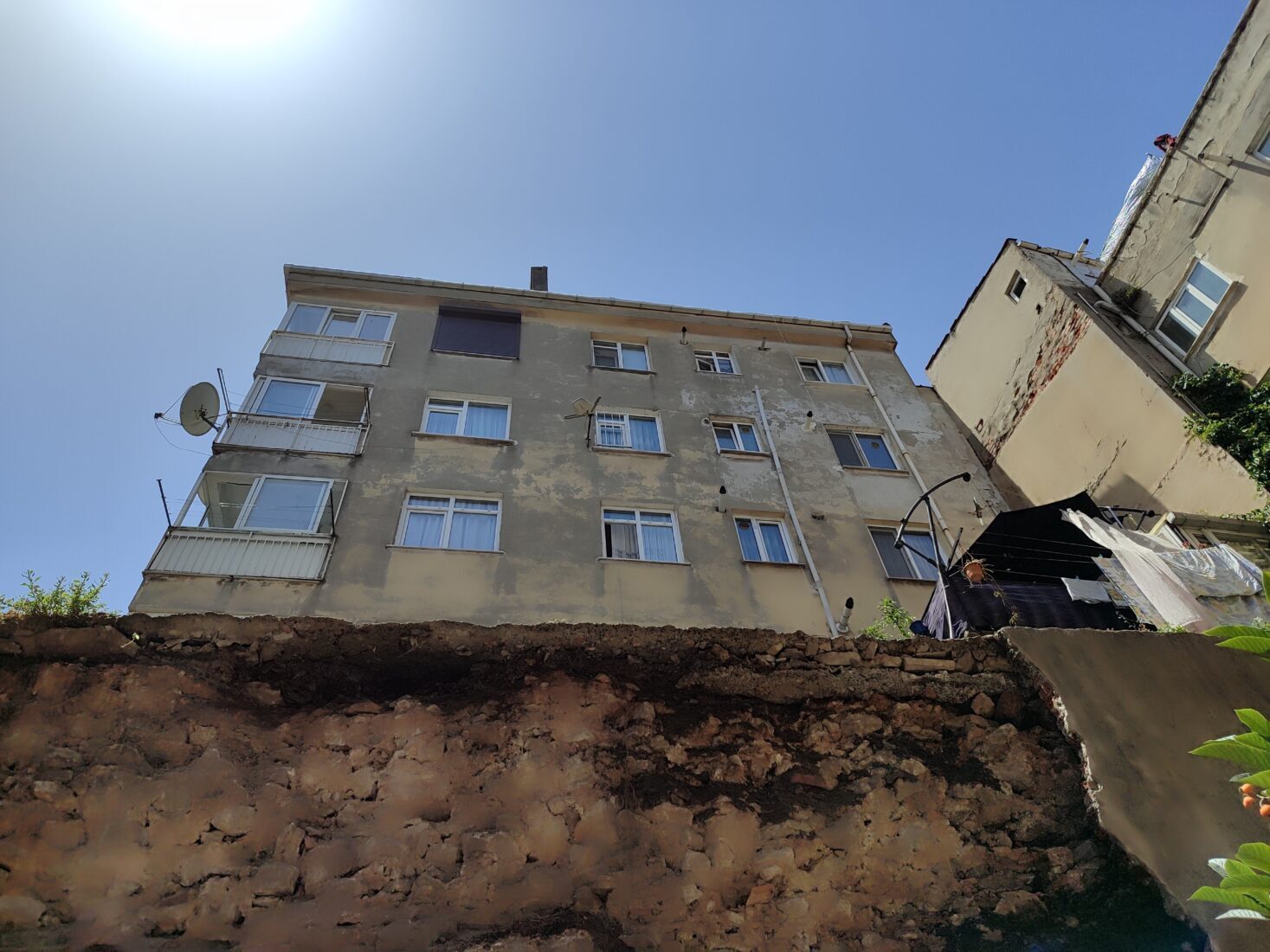
June 6, 2024: Retaining wall collapse in Fatih prompted evacuation of a nearby building.
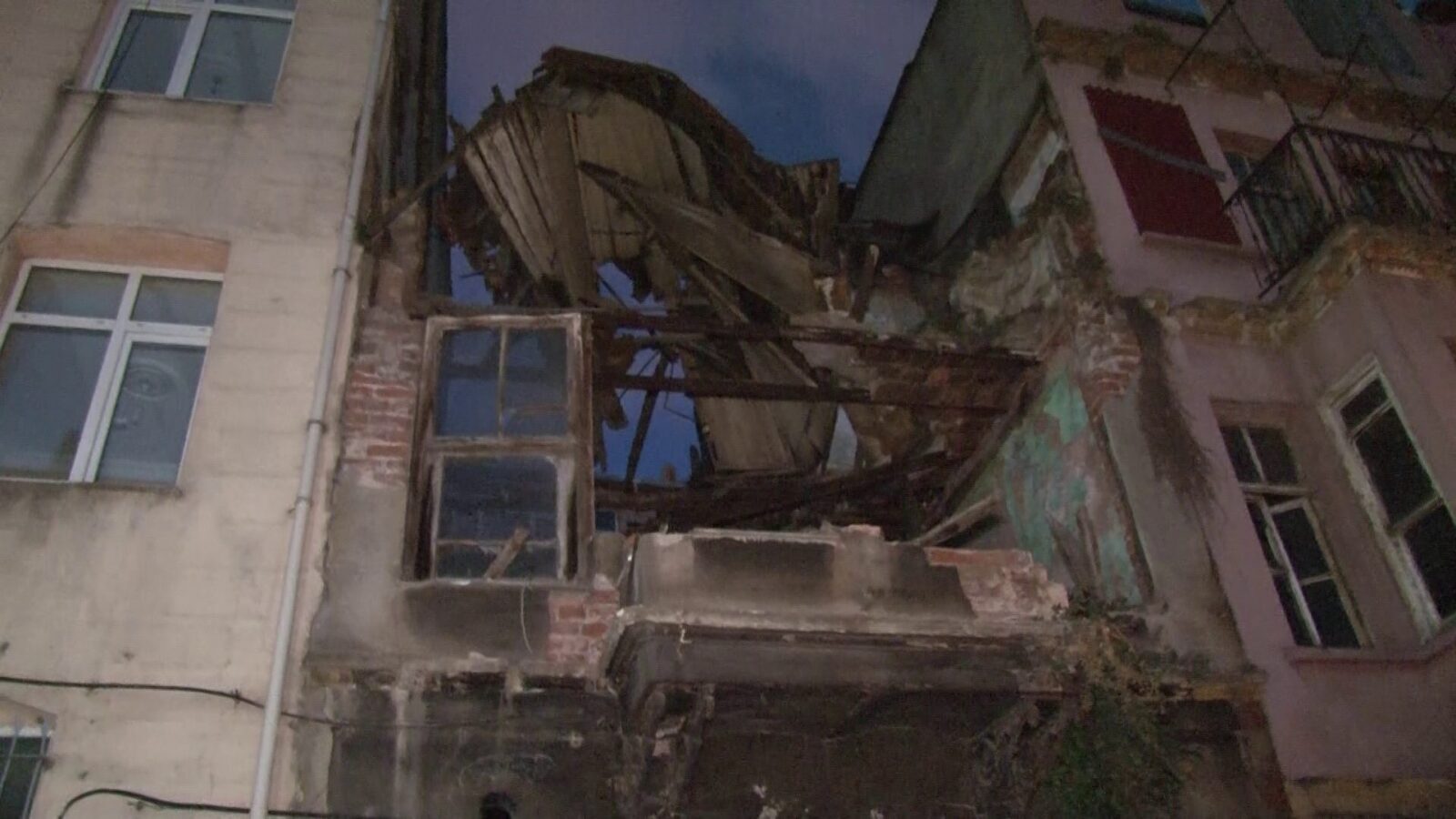
June 8, 2024: Partial collapse of a historic building in Fatih.
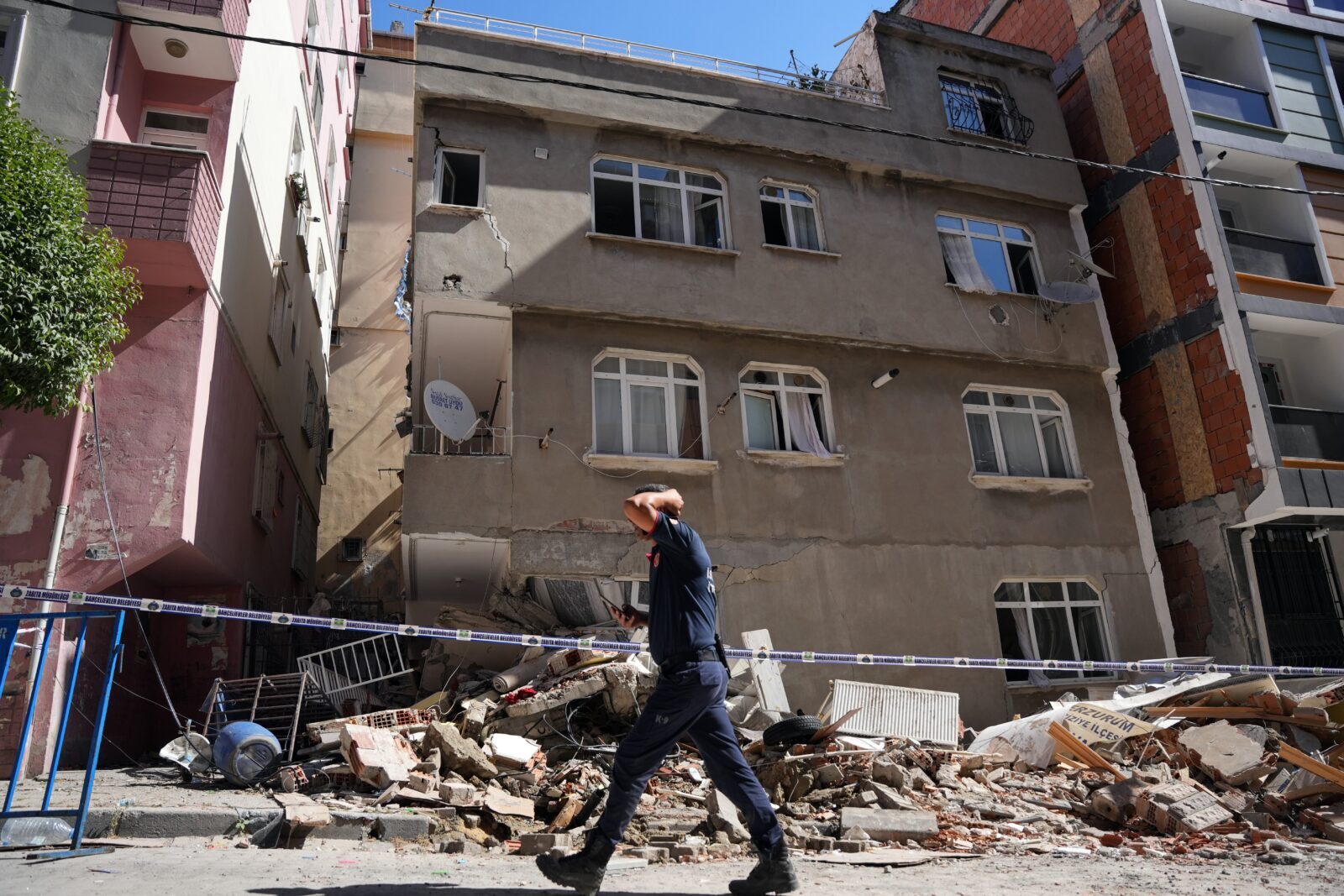
June 27, 2024: Partial collapse of a four-story building in Bahcelievler, responded by fire and disaster relief teams.
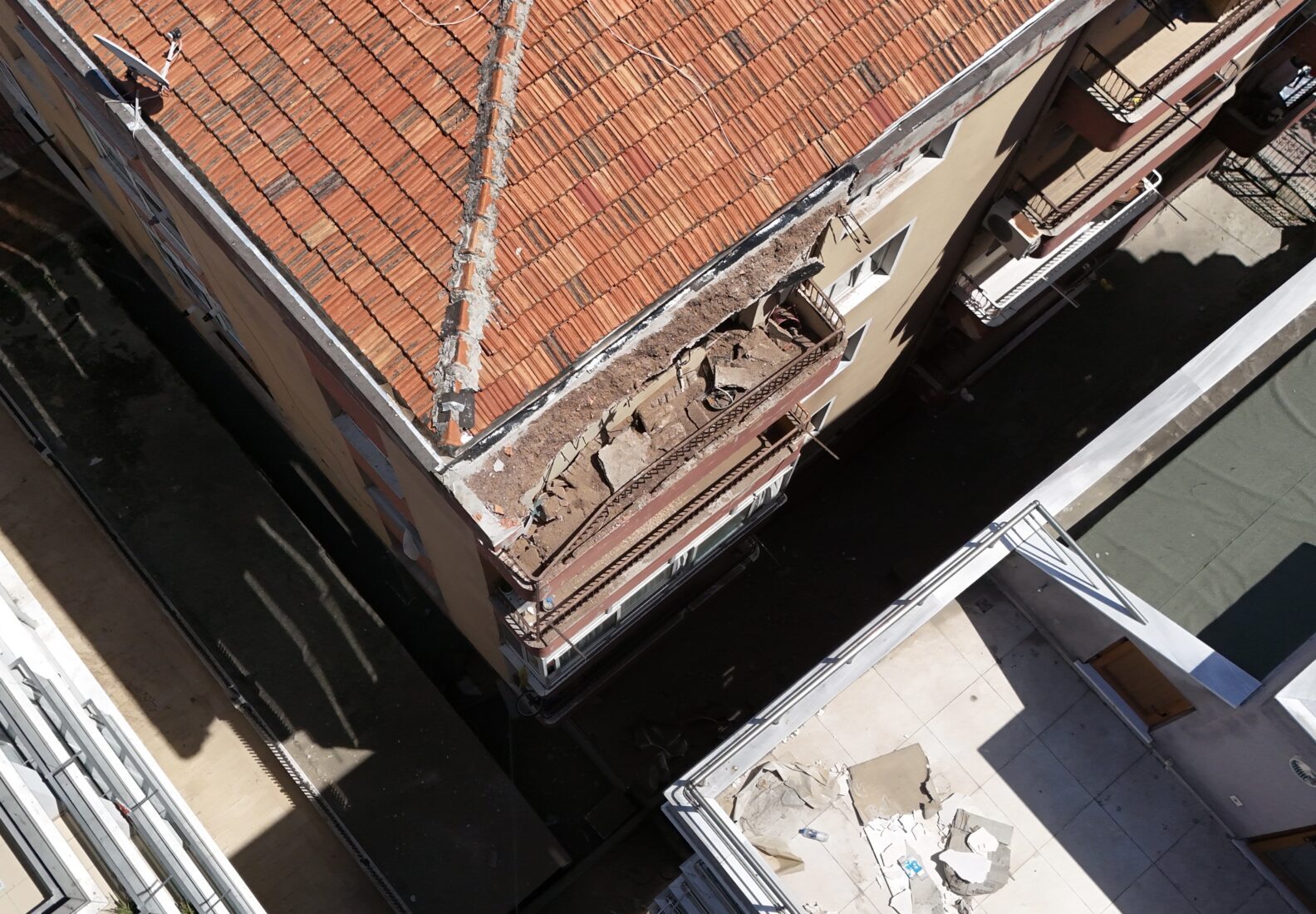
June 27, 2024: Roof collapse in Bahcelievler.
These incidents highlight ongoing structural concerns and the need for comprehensive safety measures in Istanbul’s urban development and building maintenance practices.
What should citizens do about suspicious buildings in Istanbul?
Following the collapse of two buildings in Istanbul, concerns about earthquakes have resurfaced. Hafez Keypour, a faculty member at the Engineering Faculty of Istanbul Aydin University, emphasized that strengthening Istanbul’s buildings could take up to 100 years.
He urged individuals to take proactive measures to secure their safety and provided simple methods to test a building’s structural integrity.
Keypour mentioned that nearly 50,000 buildings in Istanbul are in poor condition, requiring years for reinforcement. He stressed the importance of digital scrutiny of building plans and laws implemented since the 1999 earthquake.
Urging the use of artificial intelligence for rapid building assessments, he emphasized the need for both governmental action and individual responsibility to safeguard against future disasters.
Discussing advancements in AI, Keypour noted its potential to swiftly assess thousands of buildings for earthquake readiness.
He urged Turkish authorities to adopt AI technology promptly to ensure structural safety across the city.

